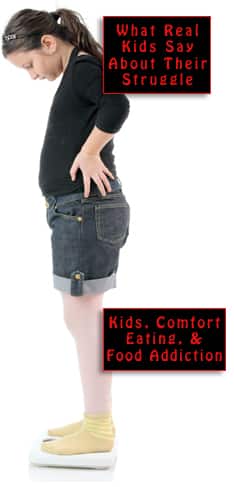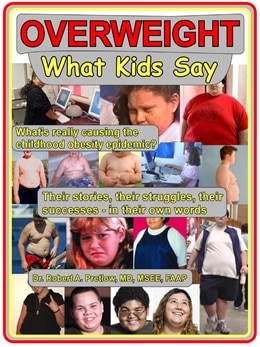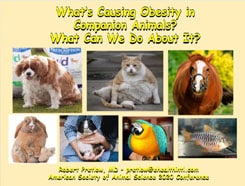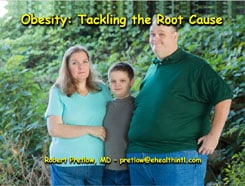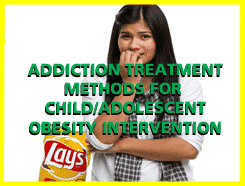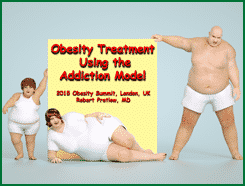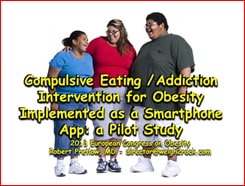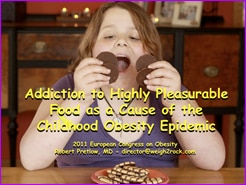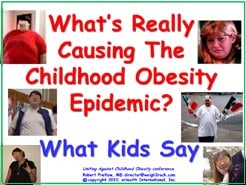Guidelines Backlash, the Biggies — Access and Cost, Part 1

As previously mentioned, intensive health behavior lifestyle treatment (IHBLT) is on record as the best evidence-based treatment to prevent or reverse childhood obesity. Claire McCarthy, M.D., wrote,
This involves face-to-face, family-based, multidisciplinary counseling on nutrition and physical activity, preferably based in your community and connected to community resources. To make a difference, it should involve at least 26 hours over at least three to 12 months. These programs, unfortunately, are not easily available to most families.
There is, obviously, the expense. The staff of an adequately equipped pediatric obesity facility needs to include “pediatricians, endocrinologists, hepatologists, surgeons, social workers, psychologists, fitness experts and nutritionists.”
Such opulent medical centers exist mostly in large cities, and they are sought out by so many hundreds or thousands of patients that the wait time for an appointment can be quite long. The keeping of appointments may involve parents missing work, as well as expenses for travel, parking, eating, and maybe even staying overnight. For many families, this is not an enterprise that can be undertaken lightly.
Deep pockets required
Dr. Jessica Madden specializes in pediatrics, neonatology, and lactation, and has a strong interest in childhood obesity. Christopher Curley wrote of her,
She noted that interventions such as IHBLT require a significant time commitment… One major barrier to implementing IHBLT is the cost. Who is expected to pay for the cost of these programs? Are they (or will they be) covered by insurance, grants, or are families expected to cover the cost?
Aside from figuring out the logistics, and meeting the cost of transportation and the like, there is the issue of motivation. Attending 26 therapy hours over three to 12 months is a project that requires real persistence. So why not choose medication instead? It is no wonder that handing out pills simply seems more efficient and pragmatic. Dr. Nazrat Mirza, a co-author of the new AAP guidelines, told journalist Sara Monetta:
Just like asthma, just like hypertension… In hypertension you would tell somebody to cut salt, but then the blood pressure is still high, so you’re still going to give them medication.
Your responses and feedback are welcome!
Source: “New pediatric guidelines on obesity in children and teens,” Harvard.edu, 01/24/23
Source: “Criticism Emerges Over New AAP Guidelines for Childhood Obesity,” Healthline.com, 01/20/23
Source: “New US childhood obesity guidelines criticised by families,” BBC.com, 01/29/23
Image by Pictures of Money/CC BY 2.0










 FAQs and Media Requests:
FAQs and Media Requests: 